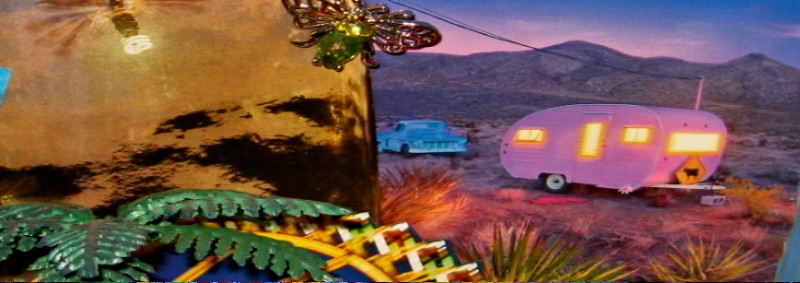Trailer for 'Coming To Light'
In 1895 Curtis met & photographed Princess Angeline, (c. 1800–1896), the daughter of Chief Sealth of Seattle. This was to be his first portrait of a Native American. Two of his original images were taken of her clamming at the age of 85 on the Puget Sound.
In that same year while photographing Mt. Rainer, Curtis came upon a group of scientists, one of whom was George Grinnel, an expert on Native Americans. Curtis was appointed as the Official Photographer of the Grinnell Alaskan Expedition of 1899 where Grimmel became interested in Curtis' photography & invited him to join another expedition to photograph the Blackfeet Indians of Montana in 1900. Consequently after seeing his work, J.P. Morgan provided Curtis with $75,000 to produce a series of 20 volumes on the North American Indians to include 1,500 photographs. Morgan's funds were to be disbursed over five years & were earmarked to support ONLY field- work for the books, not for writing, editing, or producing the volumes. Curtis received no salary for the project, which lasted over 20 years.
Over 200 complete sets were eventually published. Curtis' goal had been to not just photograph, but to document as much Native American traditional life as possible before their way of life disappeared. "The information that is to be gathered, respecting the mode of life of one of the great races of mankind, must be collected at once or the opportunity will be lost." Curtis made over 10,000 wax cylinder recordings of Indian language, music & took over 40,000 photographic images of over 80 tribes. He recorded tribal lore, history & described traditional foods, housing, garments, recreation, ceremonies & funeral customs. He wrote biographical sketches of tribal leaders & his material, in most cases, is the only recorded history left.
His work, of course, was not without controversy. Curtis paid natives to pose as warriors at a time when they lived
with little dignity, rights or freedom. It is suggested
that he altered & manipulated his pictures to create an ethnographic
simulation of Native tribes untouched by Western society. It is doubtful that Curtis did this intentionally to mislead, considering his lifelong diligence to this art.
His obvious intention was to showcase the American Indian, 'in their own
element', as accurately as possible & applied costuming & posing of
the Native Americans with idealism beyond his actual intention of realism,
albeit euphemistic.
In 1892 Edward married Clara J. Phillips, (1874–1932) & yogether they had four children: Harold, Elizabeth, Florence & Katherine. In 1896 the family moved to a new house in Seattle where the household also included Edward's mother, sister & brother, & Clara's two sisters. During the years of work on the "North American Indian" Curtis was often absent from home for most of the year, leaving Clara to manage the children & studio by herself. After several years of estrangement, Clara filed for divorce in 1919 & received the Curtis' Studio & his original negatives as her part of the settlement. Edward went with his daughter, Beth, to the studio & destroyed all of his original glass negatives. Clara went on to manage the Curtis studio with her sister Nellie & the two oldest daughters remained in Seattle, living in a boarding house. Their youngest daughter, Katherine, moved to Kitsap County WA & Curtis became a gold prospector in California.
On October 19, 1952, age 84, Curtis died of a heart attack in the home of his daughter Beth in CA, where he is buried. A terse obituary appeared in The New York Times on October 20, 1952:
Edward S. Curtis, internationally known authority on the history of the North American Indian, died today at the age of 84. Mr. Curtis devoted his life to compiling Indian history. His research was done under the patronage of the late financier, J.P Morgan. The forward for the monumental set of Curtis books was written by President Roosevelt. Mr. Curtis was also widely known as a photographer.

_of_the_Duwamish,_1896.jpg)


